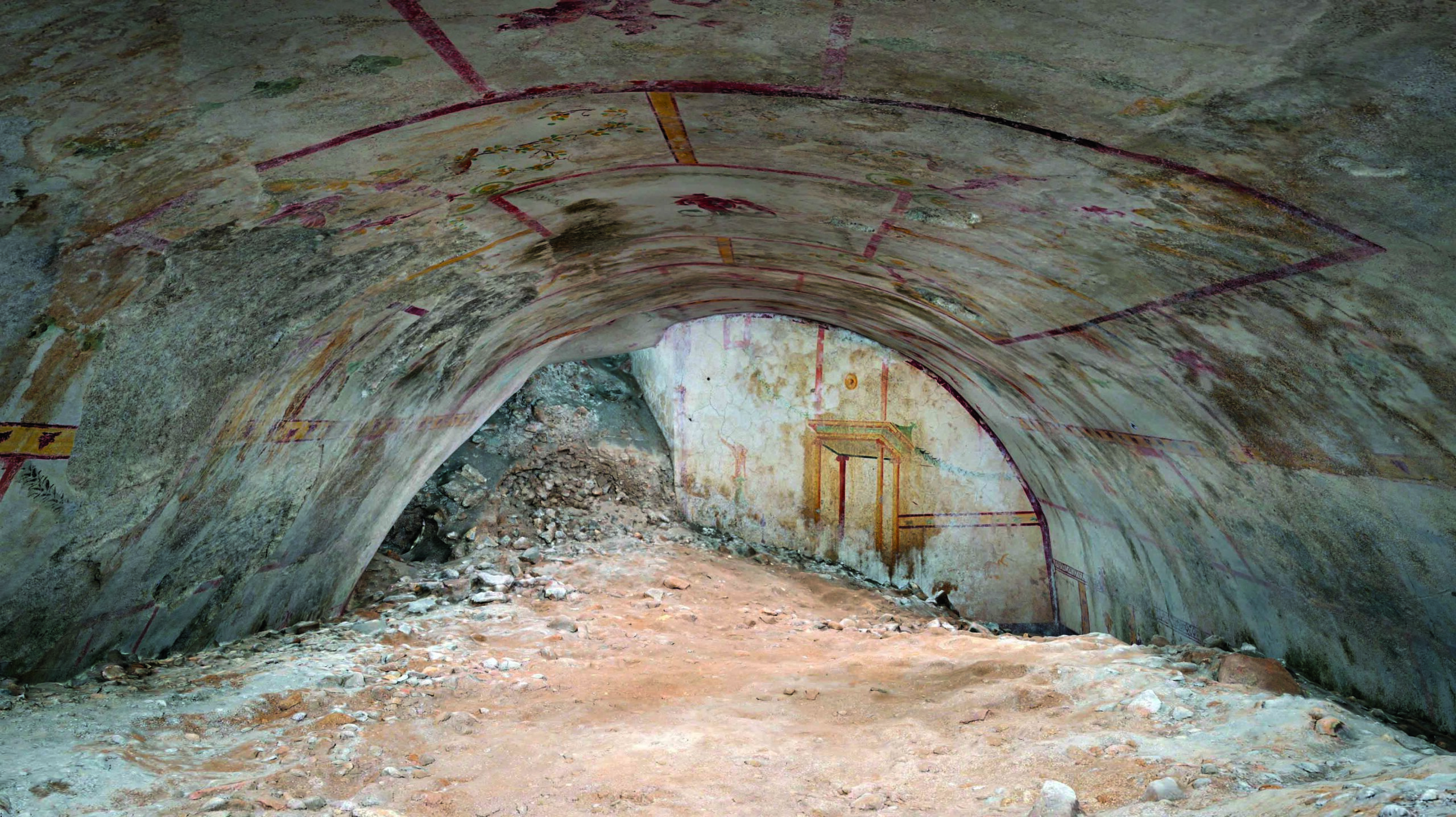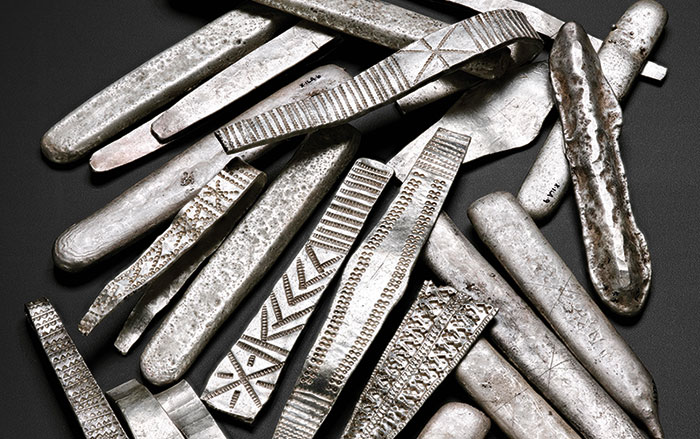
AVIGNON, FRANCE—Artnet News reports that chemist Louise Chassouant of Avignon University and her colleagues analyzed samples taken from three 1,500-year-old wine amphoras recovered from a shipwreck site off Italy’s western coast. The study detected the plant tissues, pollen, grape derivatives for red and white wine, and pine tar in the residues. The tar may have coated the interior of the jars in order to waterproof them and add flavor to the wine, Chassouant explained. Analysis of the pollen samples suggests the plants were grown locally, along Italy’s western coastline, while the pine tar was likely imported from Calabria or Sicily, based on historical sources. Read the original scholarly article about this research in PLOS ONE. For more on winemaking in the ancient world, go to "Alcohol Through the Ages."











